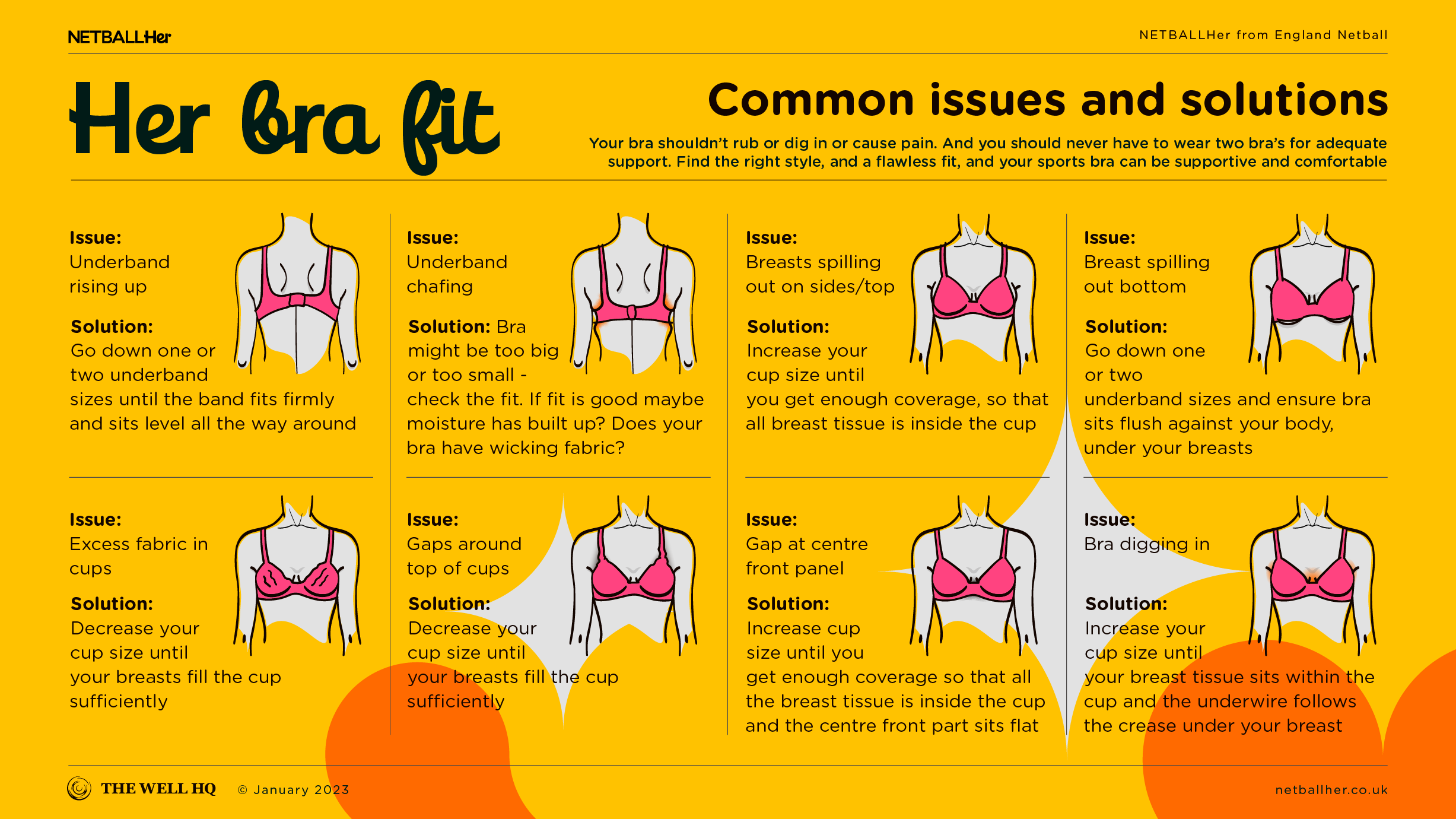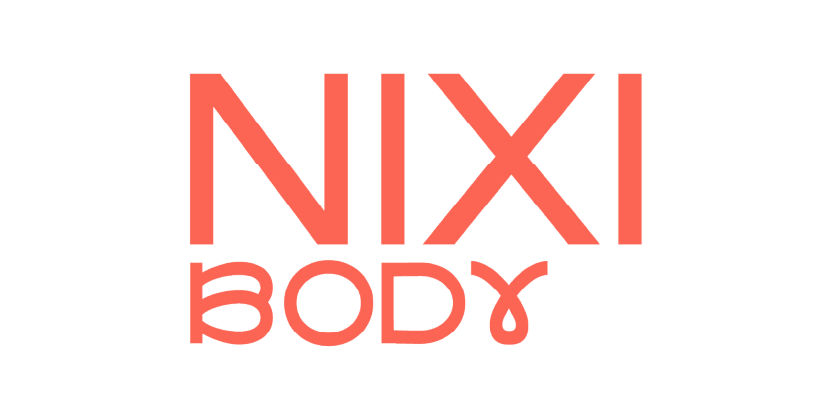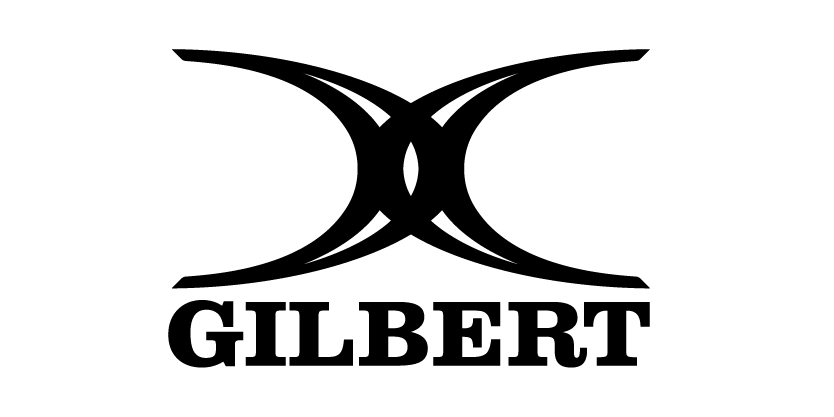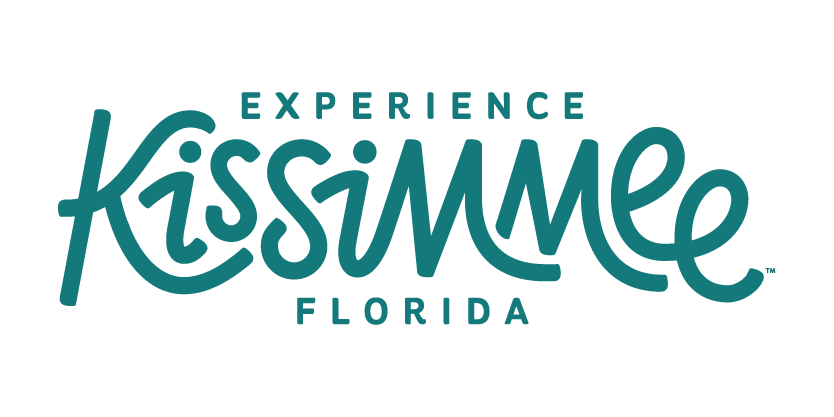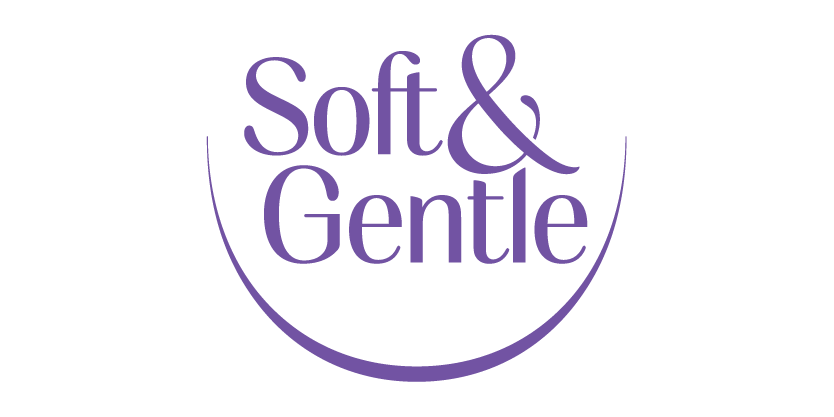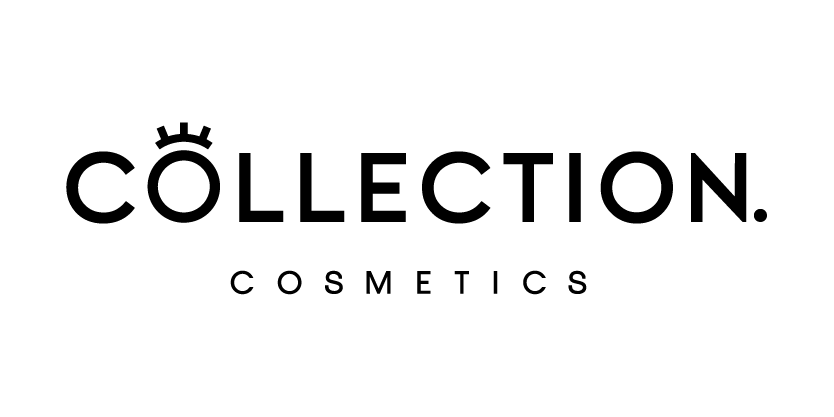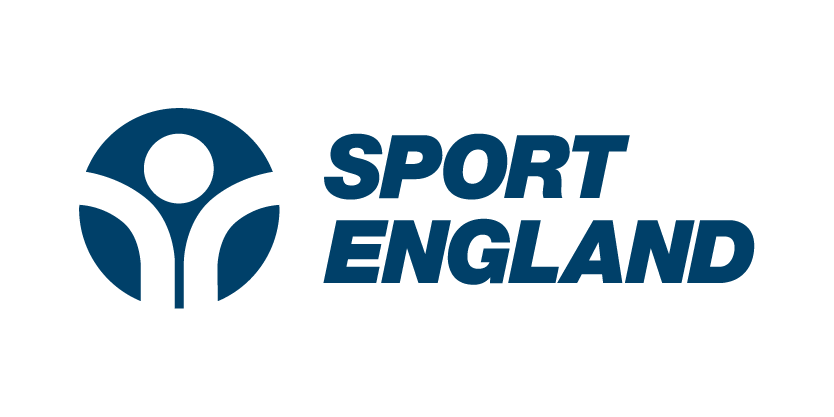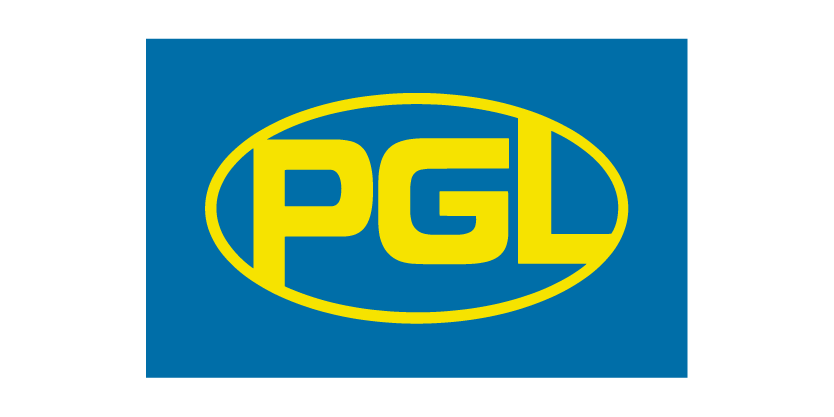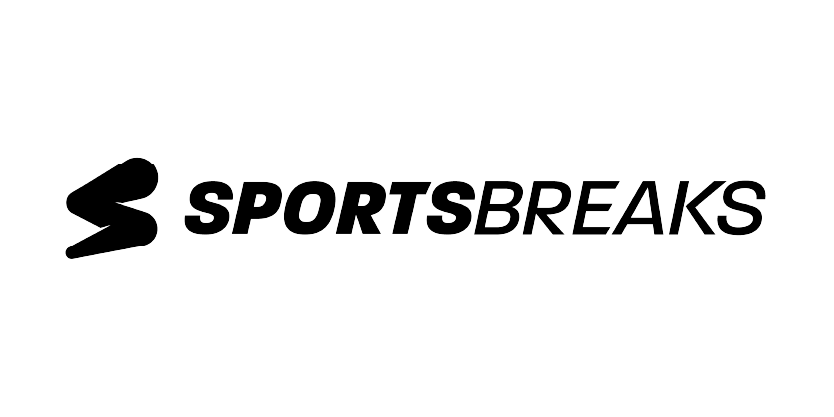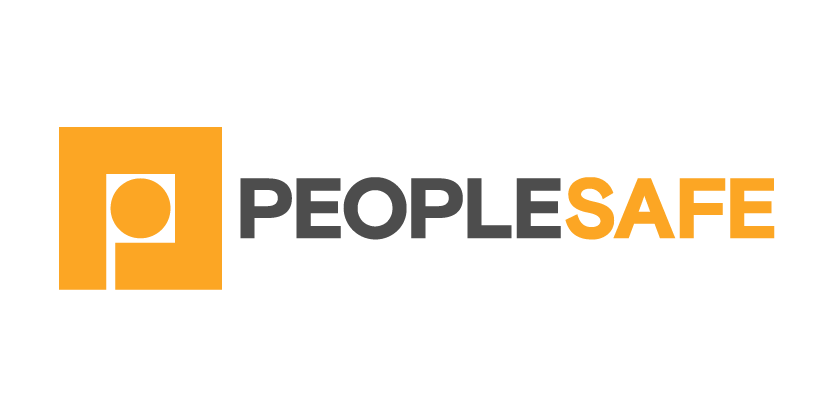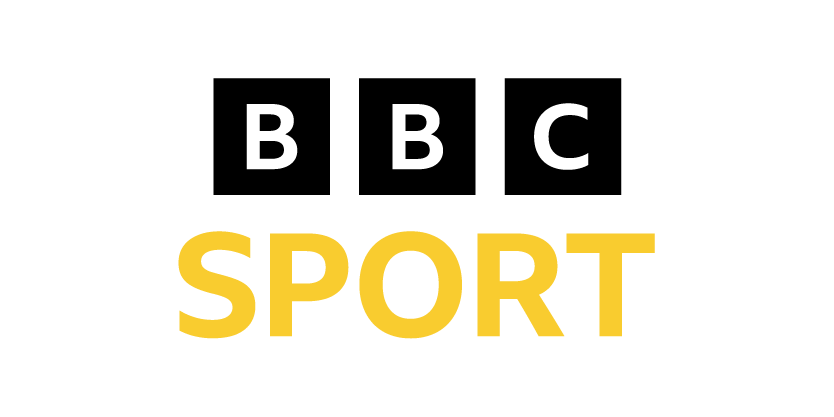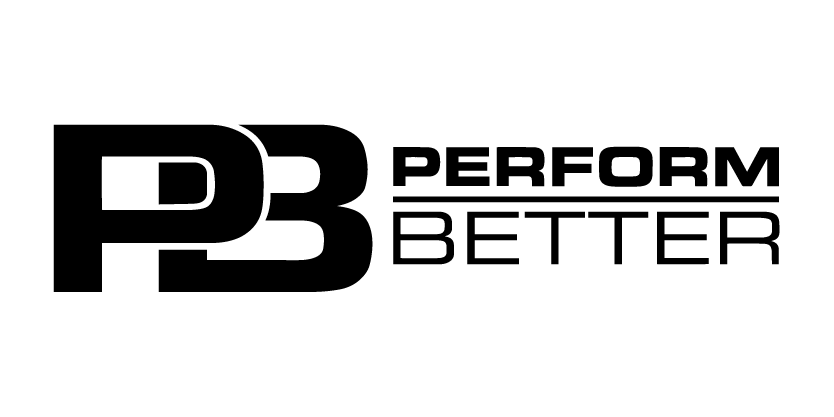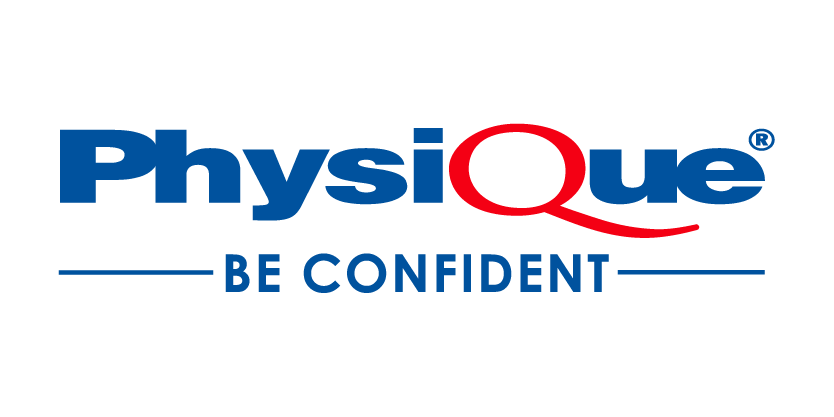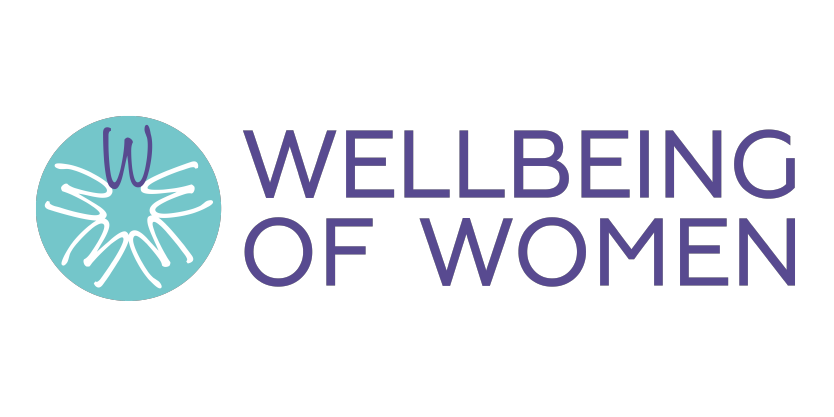Click play for an audio readthrough of this article
What to look for in a sports bra
A sports bra is an essential bit of kit for when girls and women are moving their bodies. It should be a required item for any woman – of any age – engaged in sport and exercise. Netball especially.
Here’s three easy steps to find a bra that supports you well enough that it minimises breast, back and shoulder pain.
Step 1: find your size
You don’t have to go to a specialist to get your bra size measured – it’s a case of having a tape measure and five minutes to spare.
The size you come up with is really just a starting point. It’s like shopping for a top and realising you’re anywhere between sizes 10 and 14 depending on who makes it. Bras are the same: the ones that fit you best might not always be in the size you measured; as different brands, styles, designs and fabric all influence sizing.
Step 2: Find your bra style
It’s time to find the bra style that best suits your body, your breasts, and the sport(s) you do. There are three styles of sports bra:
- Compression: compresses breast tissue, often suits women with smaller breasts.
- Encapsulation: each breast is snugly supported in its own cup, often suits bigger-breasted women.
- Combination: a mix of the two: separate cups with the support of compression.
Step 3: Get a brilliant fit
This infographic’s five-step guide focuses on the key areas that’ll ensure you get the best fit. Ultimately you want a bra which fits around your breasts in a way that will provide support as you run and jump with straps neither too loose or too tight, and cups which hold all breast tissue in without sagging.
Three key things to remember:
- A sports bra should support your breast size(s) in the specific activities / sport you like to do.
- It should fit you brilliantly, reducing breast movement. Try some star jumps to really test it out and ensure it doesn’t cause breast, back and shoulder pain.
- You don’t have to spend a fortune. The important thing isn’t brand name but that you find the right style of sports bra that fits perfectly for your breast size and the sport you love.
A bra is never a bad idea
It’s painful / silly we need to address this at all, but every so often there’s a social media flare up around bras and whether or not they’re bad for you. They’re not.
Let’s say it clearly:
There is no evidence that wearing a well-fitted bra is bad for any aspect of your health.
There is lots of evidence that a great-fitting sports bra is a fantastic investment in your health and performance.
Breast changes in the menstrual cycle
Breasts change throughout a woman’s life. In fact, breasts can change shape and size week-to-week depending on where you are in your menstrual cycle and the ebb and flow of your hormones.
During the cycle, as hormones ebb and flow, breast tissue may increase in size. It’s fairly common that, just before her period, a woman will experience fluid retention, pain or heaviness in her breasts.
If your breasts change size and shape as such then one well-fitted bra might only do the job for two or three weeks out of four. You may need another in a different size or style, or you may be able to make adjustments to your usual bra (via the straps, underband and racer back adjustments) to accommodate your changing breasts.
Breasts changes in midlife
Unlike your feet, where the same size and design of trainer might last you a lifetime, the dimensions of your breasts change through different life stages, and you might need to revisit your sports bra to make sure it’s still up to the job as your breasts change.
During midlife, oestrogen levels decline. Breast tissue is sensitive to oestrogen, and its disappearance can influence breast pain, size and shape. Oestrogen also keeps your skin supple and elastic and women often find that their breasts sag as the skin that supports them loses its elasticity.
To ensure you’re always optimally supported, the size, shape and style of your sports bra needs to change as your breasts do.
Breast asymmetry
Nearly all women (94%) have breast asymmetry – where one is larger or a different shape than the other. Incidentally, it’s usually the left one that’s bigger. In some women it’s imperceivable, but in others it’s quite noticeable. During puberty, when breasts are developing, breast asymmetry can be very noticeable, and a real cause for anguish in teens.
When breasts are a different size or shape, it leads to asymmetrical movement during exercise. So if a bra doesn’t fit both breasts well, one breast may move more than the other and that one will be more at risk of pain, injury, rubbing and so on.
For women with breast asymmetry, it’s important to select encapsulation sports bras that have adjustable shoulder straps and underband, since they can be altered to support each breast effectively.
You can also use a padded insert on one side of your bra to even out breast size and improve bra fit, and this can be particularly helpful for younger netballers who feel embarrassed or anxious about differences in breast size.
Bra challenges for those with disabilities
Bras and kit can be a challenge for anyone, but it can be a particular concern in the disabled community.
The good news is that the market is evolving. Sports bras and other kit items designed for people with disabilities are now available and products include easy-fasten bras, easy front-fastening bras, and bras made from materials that support those with sensory challenges.
It might require a fair bit of research, but products that fit your spec may be out there. So be sure to share any discoveries with your communities, coaches and teammates so more players can dress and play in comfort.
Don’t be fooled by the label
There is no recognised criteria for what makes a bra a sports bra. It’s just a matter of labelling. Anyone can put the words ‘sports bra’ on a garment. So as consumers we have to be wise and wary when shopping for a sports bra.
Bounce reduction in breast support is key. Look for a product that’s been tested in a laboratory and can say how much breast movement or bounce it reduces versus an everyday bra. The bigger that number the better. A so-called ‘bounce reducing’ bra that reduces breast movement by 40% is a very different bra from the one that reduces breast movement by 75%.
Understanding which style of bra is best for you, getting a good fit, and looking out for design features which help breast support for someone with your bust size (big boobs, small boobs and developing boobs) will help you stay ahead of the marketing hype.
As a reminder, the content of the course belongs to The Well HQ. You have permission to access and use the content yourself or, if you are an organisation, for the number of users selected, but are not otherwise permitted to share such content with others, all in accordance with our Course Terms and Conditions.

